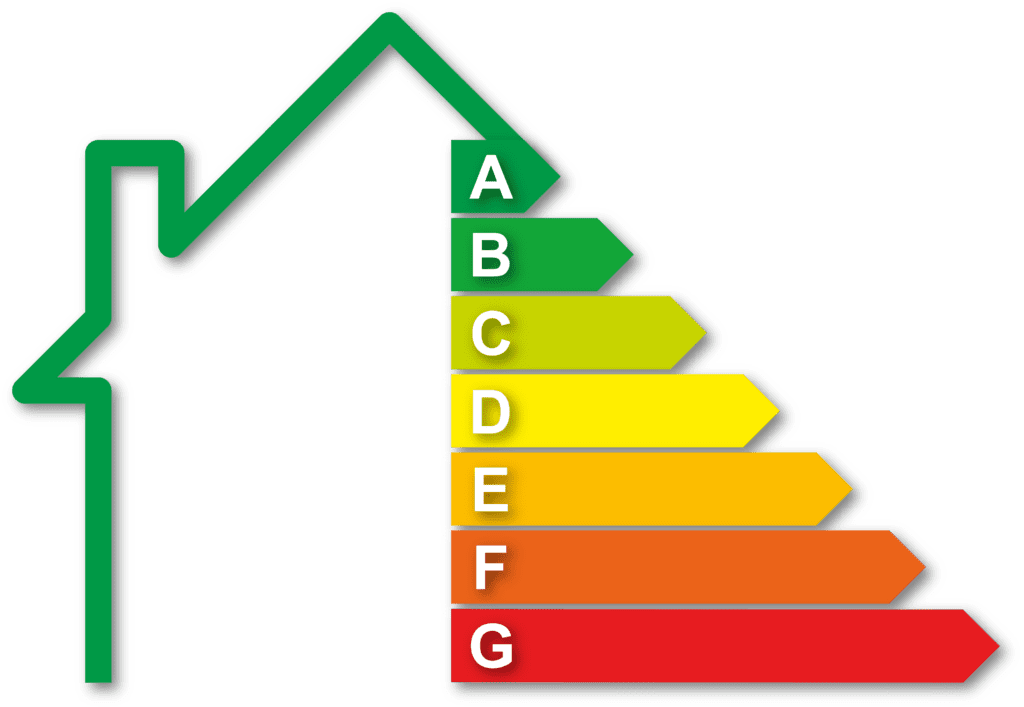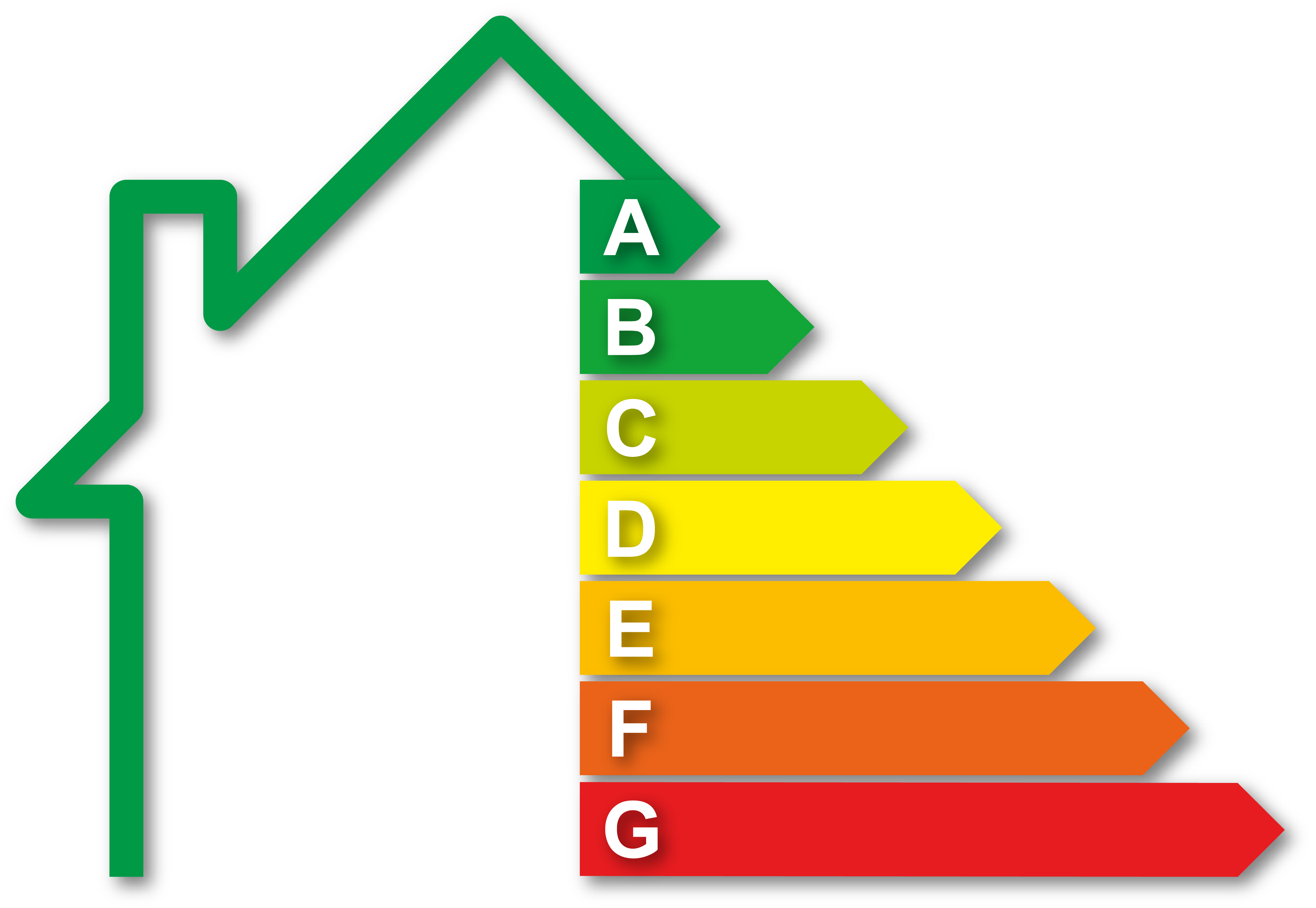
The Energy Label in Spain (EPC): New Regulations and Opportunities for Your Property in Spain
Key Points
New regulations mandate that Spanish homes must have an energy efficiency certificate of level 'D' or higher by 2033. Currently, 80% of Spanish buildings have a low label, presenting opportunities for renovations. Government support and subsidies are available for energy-efficient upgrades.
Spain's Energy Efficiency Certificate
A significant new law has been implemented in Spain for homeowners and renters: by 2033, all houses that are rented or sold must have a minimum energy efficiency certificate with a classification equal to or higher than the letter 'D'. This regulation is based on the approved proposal of the European Commission in March 2023.
What is the reason for this new rule? It is all related to the current state of the Spanish housing stock. Research shows that more than 80% of buildings and houses in Spain have a label lower than 'E'. This indicates that the majority of homes in the country are not very efficient. Significant efforts will be required to renovate and adapt these outdated homes in order to comply with the new regulations.
A High Number of Low Labels in Spain
The certificate provides an energy label on a scale from 'A' to 'G', where 'A' represents maximum energy savings and minimal emissions, and 'G' represents high energy consumption and significant emissions. A house with a 'D' label requires building characteristics that most homes built before 1980 do not possess.
Significant investments will be required to adapt these older buildings to the new regulations. Many of the buildings from the 1960s and 1970s, for instance, lack insulation in their walls and still have heating systems that waste a lot of energy. As a result, many of these buildings end up in the 'F' or 'G' category.
The EED (Energy Efficiency Directive) is a directive from the European Union.
The recently introduced Energy Performance of Buildings Directive (EPBD) also aims for climate neutrality by 2050, requiring existing buildings to no longer produce emissions. This poses a challenging goal for Spain, given the aging housing stock and a prevalent neglect for maintenance among owners and developers.
Spanish regulations for energy efficiency certification
What are the Spanish regulations for energy certification? Which types of properties require an energy certificate? The recent changes, outlined in Royal Decree 390/2021, have brought about some significant modifications. In addition to residential properties, buildings that are not used for residential purposes and have an area of more than 500 square meters, as well as government-owned buildings with an area of more than 250 square meters, are now required to have an energy certificate.
Furthermore, there has been an improvement in the supervision procedures which now require a technician to physically inspect the premises before the certificate can be issued, within a maximum period of three months.
How long is an energy efficiency certificate valid for?
In general, the validity of the certificate remains for 10 years, except for the lowest labels (level G) which need to be renewed after 5 years.
What if you have a low label?
So, what if you own a house with a low energy label? Does this mean you have to demolish it and rebuild it? Not necessarily. There are various measures you can take to improve the label of your house, such as installing double glazing, improving insulation, and purchasing energy-efficient appliances. This includes options like heat pumps, solar panels, solar water heaters, etc. These improvements not only help meet regulations, but also make your home more comfortable and reduce energy costs.
Financial Support and Subsidies for Energy Labels
Moreover, the government provides financial aid to enhance the energy efficiency of buildings. For example, installing solar panels and removing asbestos (note that these subsidies are often not available for second homes). This assistance can assist in reducing costs and reducing environmental impact.
Financial Support and Energy Label Subsidies
Overall, it is crucial to assess the additional investments required to obtain at least an energy certificate D by 2033 before purchasing a property in Spain. Be aware that failing to make necessary investments will result in a lower increase in value for your property.


